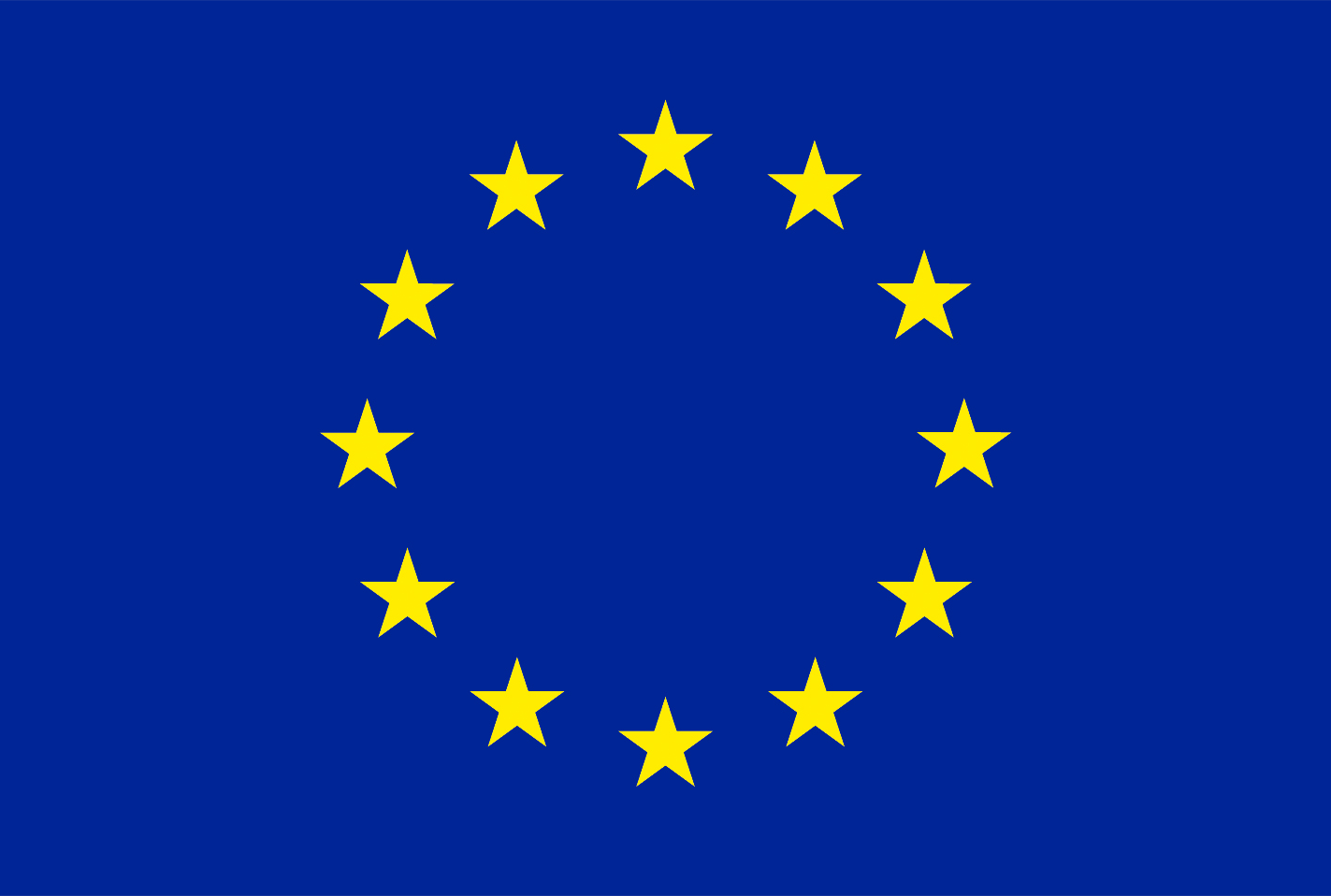Federico Cilia
A microwave ablation system was assembled and characterised to perform repeatable ablation experiments in ex-vivo porcine specimens. An uncooled coaxial-based monopole antenna was also designed and optimally tuned to achieve the lowest reflection coefficient when immersed in the porcine liver. The antenna was developed in simulation software, where the model was pre-validated with experiments using tissue-mimicking solutions. The antenna was constructed using minced liver (homogenised liver), and the comparison of results was agreeable with those achieved through simulation and with the theory, as the maximum power transfer occurred when the total length of the monopole was quarter-wavelength at 2.45 GHz. The antenna was tested and investigated at high power conditions, experimentally and in the simulation. The comparison of the extracted lesion dimensions showed similar changes to a corresponding power or time.
The primary outcome of this study was the method of design, construction and validation of an uncooled monopole antenna as well as its corresponding simulation model, together with successful lesions in liver tissue when energised in high-power conditions.


